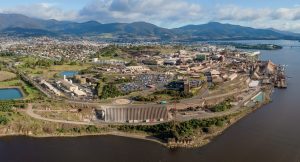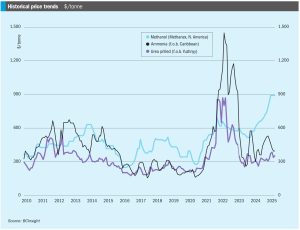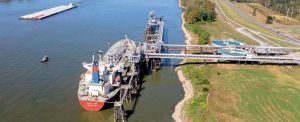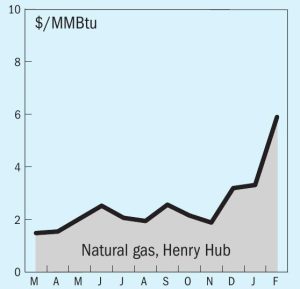
Copper at a crossroads
CRU’s World Copper Conference was run at the start of April 2025 in Santiago, Chile, with the industry facing a crossroads. The Americas account for nearly half of the world’s mined copper, with South America producing 38% and North America contributing 10%. However, North American copper mines face cash costs 51% above the global average and 79% higher than those of their South American neighbours, positioning the region as one of the most expensive copper-producing areas globally. These high costs create a significant challenge, especially as securing a reliable copper supply has emerged as a geopolitical priority.







